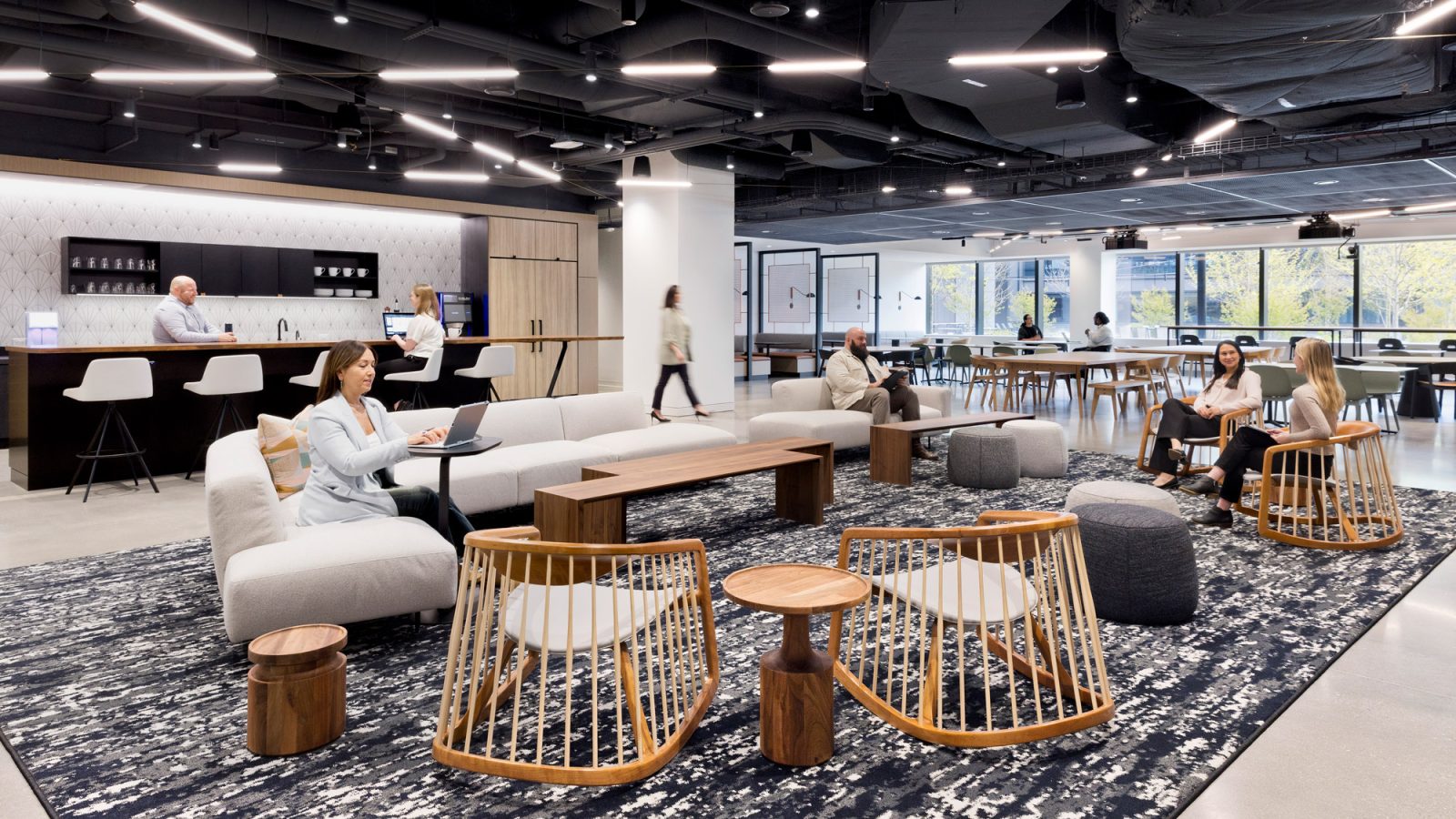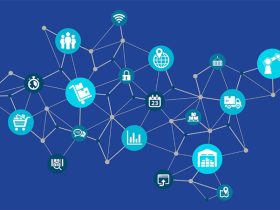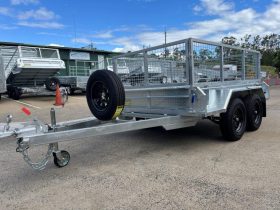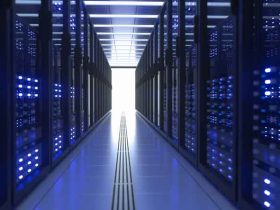The modern office is no longer defined by four walls. It exists as both a space and a system — a physical environment powered by digital intelligence. As hybrid work reshapes how companies operate, the most successful offices are those that merge architectural design with advanced technology, creating a seamless experience between the physical and digital worlds.
In Hong Kong, where high-density buildings and agile work models are the norm, this convergence is no longer a futuristic idea. It is quickly becoming the new baseline for workplace design.
The End of the Static Office
For decades, offices were built to last — concrete layouts, fixed partitions, and one-size-fits-all workstations. That model no longer fits a workforce that values flexibility and mobility. Employees now move fluidly between home, coworking spaces, and headquarters.
To support this shift, companies are rethinking their spaces as dynamic ecosystems. Sensors, automation systems, and digital platforms provide real-time insights into how people use space. Meeting rooms can be reserved with a tap, lighting adjusts to natural daylight, and environmental settings change automatically based on occupancy.
This blend of design and technology makes the office more adaptive and efficient. It turns static square footage into a responsive system that grows and changes with the organisation.
Technology as a Design Element
In 2026, technology is no longer hidden behind ceilings or walls; it is part of the design narrative itself. Smart lighting, acoustic sensors, and interactive displays are integrated into interiors from day one rather than added later as hardware upgrades.
This design-tech collaboration allows for data-driven decision-making. Companies can track energy use, analyse meeting room demand, or evaluate which zones are underutilised. The result is a smarter workplace where layout and operation continuously improve based on real evidence, not guesswork.
Working with a specialist in integrated workplace technology solutions ensures that digital infrastructure, design, and construction are aligned from the start. When handled by a single expert team, systems like AV conferencing, IoT sensors, and climate control operate smoothly within the architectural framework — eliminating the gaps that often appear when design and IT are treated separately.
Human Experience at the Centre
The digital office is not about replacing people with machines. It is about creating environments that make work more comfortable and engaging.
Smart controls help employees personalise their settings. Adjustable lighting, app-based temperature control, and quiet-room booking systems all contribute to a sense of autonomy and well-being. Meanwhile, integrated platforms make collaboration seamless, whether colleagues are across the table or across time zones.
In Hong Kong, where long hours and dense offices can heighten stress, this human-centric use of technology is more than a convenience. It is a competitive advantage that improves focus, satisfaction, and retention.
Sustainability Through Smart Integration
Digital transformation also supports Hong Kong’s growing ESG priorities. Automated systems optimise energy use by switching off unused areas, monitoring air quality, and balancing lighting with natural daylight. Over time, these efficiencies lead to measurable reductions in both carbon emissions and operating costs.
By connecting data from lighting, air-conditioning, and motion sensors, companies can visualise performance across the entire office ecosystem. These insights inform future design and renovation decisions, making sustainability measurable rather than theoretical.
A Collaborative Future
The office of the future will not be purely digital or purely physical — it will be both. The most successful workplaces will combine design beauty, user comfort, and intelligent systems into one cohesive experience.
For Hong Kong businesses competing on agility and talent, investing in integrated technology is no longer optional. It ensures that every square foot of space serves a purpose, every system communicates with another, and every employee benefits from an environment designed around their needs.
By adopting integrated workplace technology solutions, companies can build offices that think, adapt, and evolve — spaces where innovation feels effortless and the boundary between digital and physical simply disappears.











Leave a Reply